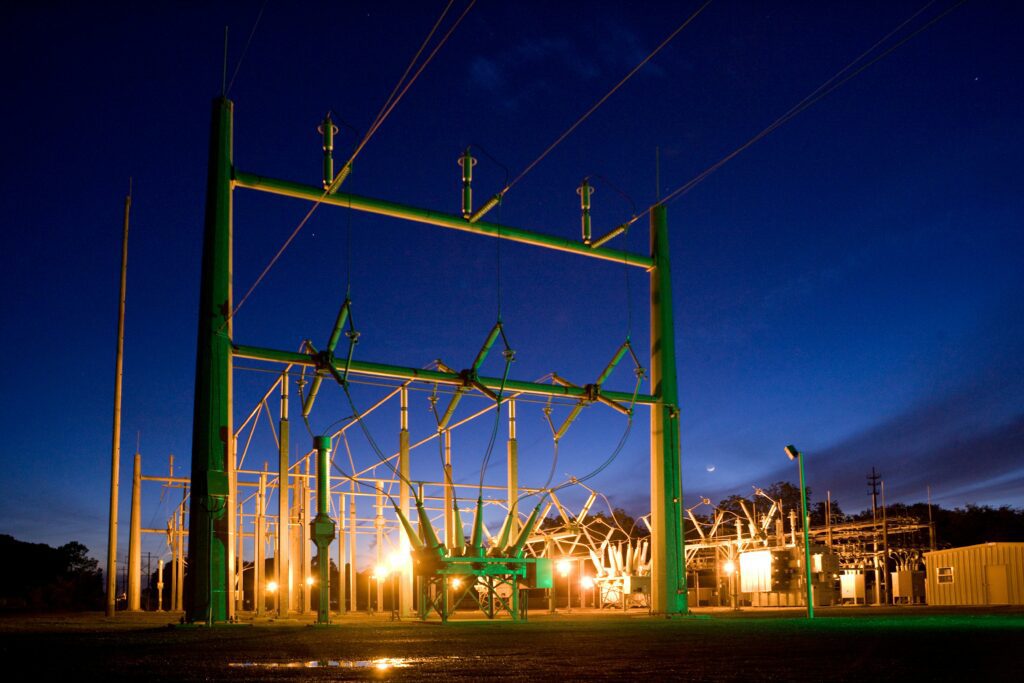Meeting the Demand of Electrically Driven
Vehicles For Expanded Generation
A possible win for railroads, trucking, and utilities
The auto industry’s commitment to electrically driven vehicles (EVs) necessitates planning for comparable development of greatly expanded power generation and distribution systems to support those vehicles.
The Federal Energy Regulatory Commission (FERC) has predicted the country’s electrical energy generation capacity will have to double by 2050 to support the forthcoming evolution of electrically powered vehicles. Presumably, that will be accompanied by the necessity of corresponding growth in electrical distribution networks.

Predicted increases in the volume of shipping in coming years, will put additional pressure on highway infrastructure as additional trucks are added. Taken together with the truck industry’s expected conversion to electrically powered trucks, the FERC’s predicted need to double the country’s electrical generation capacity by 2050 may well be understated.
Compounding the challenge created by the predicted need for greatly expanded electrical power generation capacity, the electrical industry also faces its commitment to future energy generation by non-fossil-fuel, renewable resources and the likelihood that expanded distribution systems will be required to transmit that energy from where it is most likely to be produced to where it is likely to be most needed.



